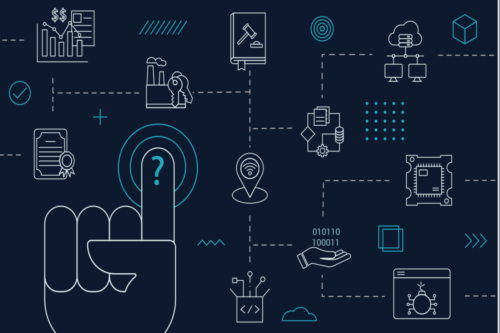The RCMP’s inaugural report on cybercrime, titled “Cybercrime: An Overview of Incidents and Issues in Canada,” provides a comprehensive look at the current state of cybercrime affecting Canadian organizations, businesses, and citizens. This report highlights the multifaceted nature of cybercrime, which continues to evolve in complexity, sophistication, and scope.
Types of Cybercrime
The RCMP categorizes cybercrime into two main types:
- Technology-as-Target: These crimes specifically target computers and IT systems. This includes offenses like unauthorized computer use, data mischief, and distributed denial-of-service (DDoS) attacks. For instance, a notable case involved a DDoS attack on Québec’s government website originating from the House of Commons, where a government network administrator used administrative privileges to upload malware, disrupting services for over two days (Royal Canadian Mounted Police).
- Technology-as-Instrument: In these crimes, the internet and IT are being used to facilitate other criminal activities such as fraud, identity theft, intellectual property infringements, and more. Examples include “Operation Card Shop,” which targeted global carding crimes and led to significant arrests and economic loss prevention (Royal Canadian Mounted Police) (Royal Canadian Mounted Police (RCMP)).
Key Observations

The report identifies three critical observations about the current cybercrime landscape:
- New Criminal Opportunities: Technology provides new opportunities for criminals, mirroring the advantages it offers legitimate businesses. Consequently, online markets and internet-connected devices are leveraged by criminal networks for various illicit activities.
- Expansion of Cybercrime: Cybercrime is no longer the domain of highly skilled individuals. Indeed, as technical knowledge becomes more accessible, a broader range of offenders can engage in cybercriminal activities.
- Policing Challenges: The rise of technologies like cloud computing, social media, anonymous networks, and virtual currencies demands new policing strategies. The RCMP emphasizes the need for advanced technical capabilities and specialized training to tackle these sophisticated threats (Royal Canadian Mounted Police) (Royal Canadian Mounted Police (RCMP)).
Specialized Services and Strategies
The RCMP has developed a robust framework to combat cybercrime, including:
- Technical Investigation Services (TIS): Provides digital forensic services, including computer and network forensics, malware analysis, and expert testimony in court (Royal Canadian Mounted Police (RCMP)).
- Integrated Technological Crime Units (ITCUs): Strategically located across Canada, these units respond to cybercrime incidents and collaborate with international law enforcement to address cyber threats on a global scale(Royal Canadian Mounted Police (RCMP)).
- Training and Education: The RCMP, through the Canadian Police College, offers training to law enforcement officers to enhance their skills in cybercrime investigations and intelligence gathering (Royal Canadian Mounted Police (RCMP)).
Conclusion
The RCMP’s report underscores the growing threat of cybercrime in Canada and the necessity for innovative policing strategies to mitigate these risks. By enhancing technical capabilities, fostering international collaboration, and continuously updating law enforcement training, Canada aims to stay ahead of cybercriminal activities and protect its digital landscape.
For more information: Cybercrime: an overview of incidents and issues in Canada
Source: Royal Canadian Mounted Police


